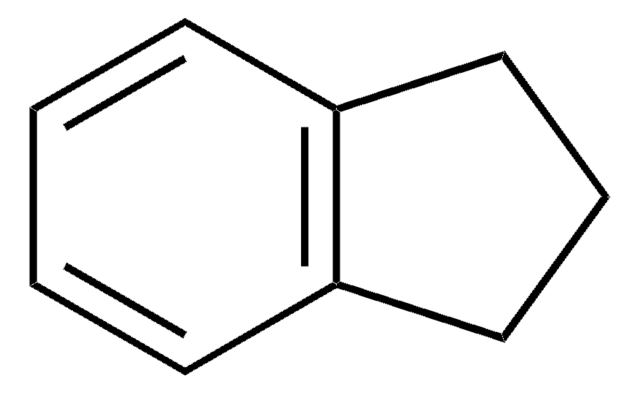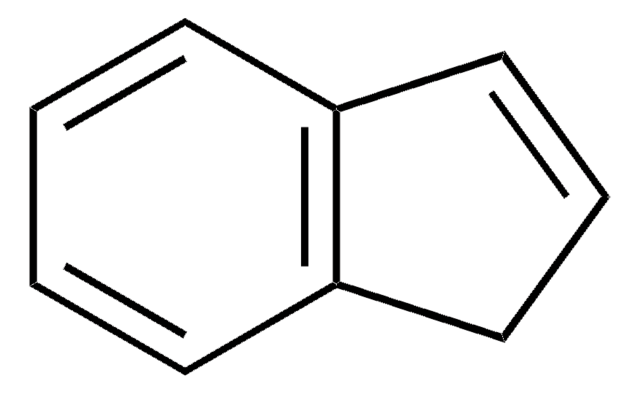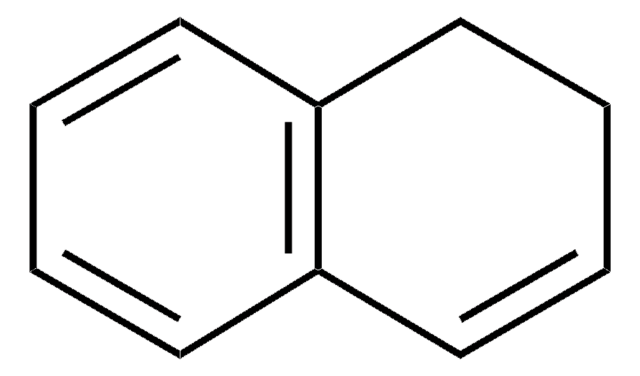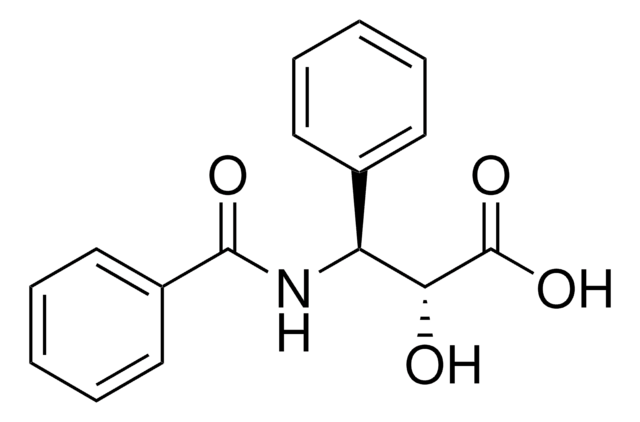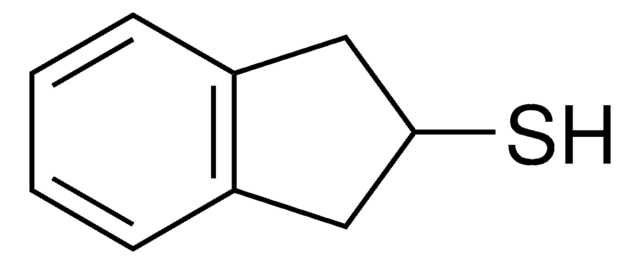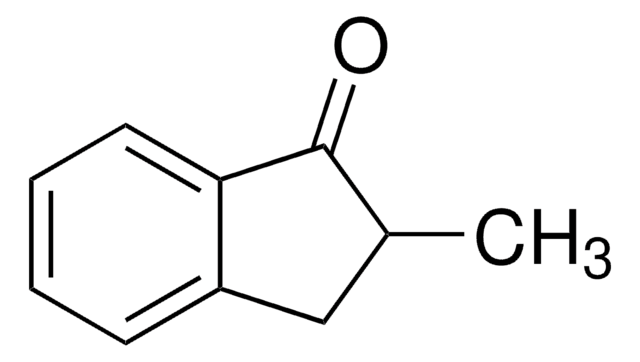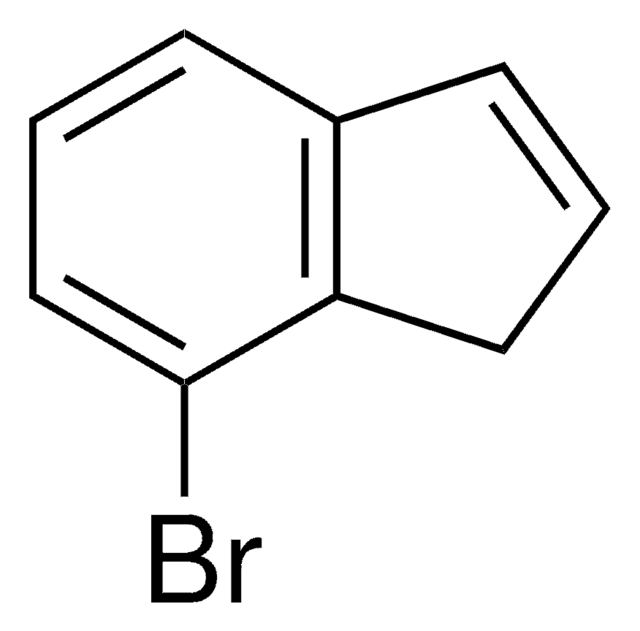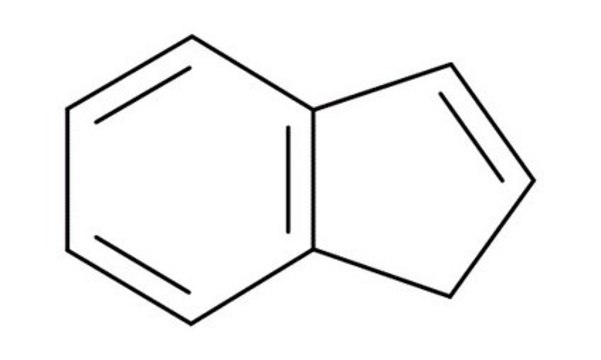449431
2-Methylindene
98%
Synonym(s):
2-Methyl-1H-indene
Sign Into View Organizational & Contract Pricing
All Photos(1)
About This Item
Empirical Formula (Hill Notation):
C10H10
CAS Number:
Molecular Weight:
130.19
MDL number:
UNSPSC Code:
12352100
PubChem Substance ID:
NACRES:
NA.22
Recommended Products
Quality Level
Assay
98%
refractive index
n20/D 1.567 (lit.)
bp
45 °C/0.2 mmHg (lit.)
density
0.971 g/mL at 25 °C (lit.)
SMILES string
CC1=Cc2ccccc2C1
InChI
1S/C10H10/c1-8-6-9-4-2-3-5-10(9)7-8/h2-6H,7H2,1H3
InChI key
YSAXEHWHSLANOM-UHFFFAOYSA-N
Looking for similar products? Visit Product Comparison Guide
Storage Class Code
10 - Combustible liquids
WGK
WGK 3
Flash Point(F)
168.8 °F - closed cup
Flash Point(C)
76 °C - closed cup
Choose from one of the most recent versions:
Already Own This Product?
Find documentation for the products that you have recently purchased in the Document Library.
I Ogawa et al.
Talanta, 28(10), 725-729 (1981-10-01)
The degradation of acenaphthylene, acenaphthene, 2-methylnaphthalene, 2-methylindene, 3-methylindene and indene in water solutions was studied. These compounds at the 25-150 mug/l. level were almost totally degraded at ambient temperature within three days. The microbial population responsible for the degradation occurs
Antimicrobial effect of monomers and polymers with azole moieties.
Moon W-S, et al.
Journal of Applied Polymer Science, 90(11), 2933-2937 (2003)
Mike McD Francis et al.
Canadian journal of microbiology, 49(11), 699-706 (2004-01-22)
A purified microbial isolate, identified as a strain of Rhodococcus sp., metabolized indene primarily to iso quinoline and lesser amounts of indandiol and indanone. Isoquinoline production was dependent on the presence of microbial culture, indene, and ammonium ions as the
Decomposition, isomerization, and ring expansion in 2-methylindene: Single-pulse shock tube and modeling study.
Lifshitz A, et al.
The Journal of Physical Chemistry A, 108(16), 3430-3438 (2004)
Long Zhao et al.
Nature communications, 10(1), 3689-3689 (2019-08-17)
Polycyclic aromatic hydrocarbons (PAHs) represent key molecular building blocks leading to carbonaceous nanoparticles identified in combustion systems and extraterrestrial environments. However, the understanding of their formation and growth in these high temperature environments has remained elusive. We present a mechanism
Our team of scientists has experience in all areas of research including Life Science, Material Science, Chemical Synthesis, Chromatography, Analytical and many others.
Contact Technical Service